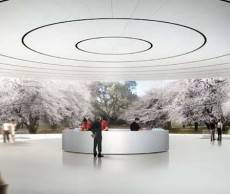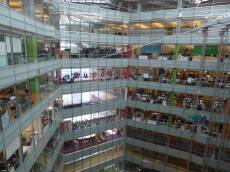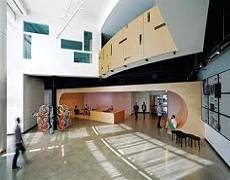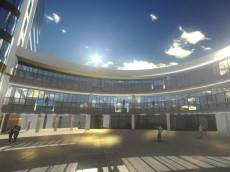March 18, 2014
What the UK regional divide can teach us about the way we design offices
 In the BBC documentary Mind the Gap, Evan Davis asks why London has an economy that is larger than and different to those of other UK cities, but also getting bigger and more differentiated. One of the main reasons he finds for this is something called agglomeration; the more skilled people you can put within physical reach of each other in an environment, the more productive and economically successful that environment will become.The problem for the UK is that not only is London of a different magnitude to its other cities, it does not comply with something called Zipf’s Law which states that in a typical country the largest city will be around twice the size of the second largest, around three times the size of the next largest and four times the size of the fourth largest and so on. It shouldn’t be taken too literally but it does illustrate the important economic principle of agglomeration and explains why there is such a widening divide in the UK economy.
In the BBC documentary Mind the Gap, Evan Davis asks why London has an economy that is larger than and different to those of other UK cities, but also getting bigger and more differentiated. One of the main reasons he finds for this is something called agglomeration; the more skilled people you can put within physical reach of each other in an environment, the more productive and economically successful that environment will become.The problem for the UK is that not only is London of a different magnitude to its other cities, it does not comply with something called Zipf’s Law which states that in a typical country the largest city will be around twice the size of the second largest, around three times the size of the next largest and four times the size of the fourth largest and so on. It shouldn’t be taken too literally but it does illustrate the important economic principle of agglomeration and explains why there is such a widening divide in the UK economy.



























April 7, 2014
Can building design presage a fall from grace for the world’s tech giants?
by Mark Eltringham • Architecture, Comment, Technology, Workplace design
More →